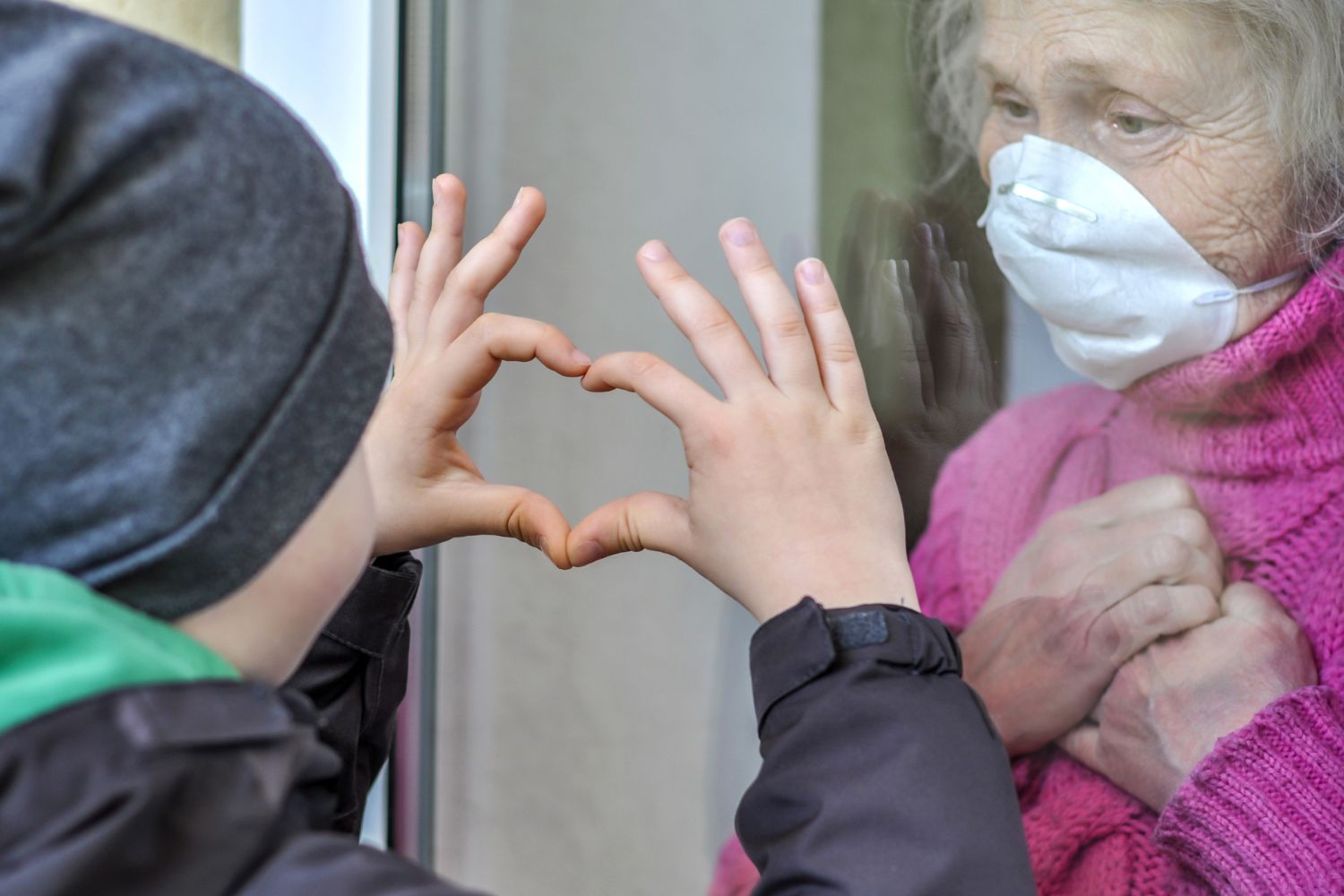
The COVID-19 pandemic has exposed vulnerabilities in healthcare systems worldwide, with aged care facilities being among the hardest hit here in Australia. As the virus spread rapidly, these facilities faced unique challenges in protecting their vulnerable residents while supporting their dedicated caregivers.
This article delves into the impact of the COVID-19 pandemic on aged care facilities, examines the measures taken to protect seniors, discusses the challenges faced by caregivers, and emphasises the importance of preparedness for future health crises.
The impact on aged care facilities
The COVID-19 pandemic presented unprecedented challenges for aged care facilities, which quickly became hotspots for the virus. The close living quarters and communal activities within these facilities created the ideal environment for rapid transmission. As a result, a significant number of seniors were infected, leading to devastating consequences.
The first wave of the pandemic highlighted the urgent need for robust infection control measures. Facilities had to adopt strict protocols, including regular testing, personal protective equipment (PPE) usage, and isolation procedures for infected residents. Additionally, visitation restrictions were enforced to minimise the risk of external transmission.
Measures to protect seniors
Protecting the elderly in aged care facilities became the top priority for governments, health authorities and facility operators. Lessons from the initial wave of COVID-19 were utilised to develop comprehensive strategies aimed at safeguarding residents’ health.
Strengthening infection control
Facilities reevaluated and enhanced their infection control protocols. Staff received rigorous training on proper hygiene practices and the appropriate use of PPE. Regular cleaning and disinfection procedures were intensified to reduce the risk of surface transmission.
Priority vaccination
The development and distribution of vaccines were crucial in protecting seniors and caregivers. Governments prioritised vaccinating residents and staff in aged care facilities, significantly reducing the severity of outbreaks and mortality rates.
Technology integration
Technology played a vital role in minimising the spread of the virus and keeping families connected. Video conferencing and virtual visitations allowed residents to maintain social connections while reducing the risk of exposure.
Challenges faced by caregivers
The pandemic placed an immense emotional and physical burden on caregivers in aged care facilities. These dedicated individuals worked tirelessly to provide care while grappling with their fears of contracting the virus and transmitting it to their loved ones.
Emotional toll
Caregivers witnessed the impact of the virus on residents, many of whom they had developed close bonds with over time. The emotional toll of witnessing illness and loss was immense, leading to burnout and mental health struggles.
Staffing shortages
The pandemic exacerbated existing staffing shortages in aged care facilities. Some staff members fell ill or had to self-isolate due to exposure, stretching the workforce thin and affecting the quality of care provided.
The importance of preparedness for future health crises
The COVID-19 pandemic highlighted the urgent need for improved preparedness in aged care facilities and the healthcare sector as a whole. Key lessons learned must be applied to prevent and mitigate the impact of future health crises.
Comprehensive emergency plans
Aged care facilities should develop comprehensive emergency response plans, including infection control protocols, surge capacity management and clear communication strategies to guide actions during crises.
Resilience and flexibility
Flexibility and adaptability are crucial when facing dynamic health crises. Facilities must be prepared to adjust protocols rapidly and allocate resources effectively to address evolving challenges.
The COVID-19 pandemic was a sobering wake-up call for the aged care sector, emphasising the need for proactive measures to protect seniors and support caregivers during global health crises. By learning from the experiences of COVID-19, aged care facilities can better prepare for future challenges, ensuring the safety and well-being of our elderly population. Collaboration among governments, healthcare professionals, facility operators and communities is essential to build a resilient and compassionate aged care system that can withstand future pandemics.